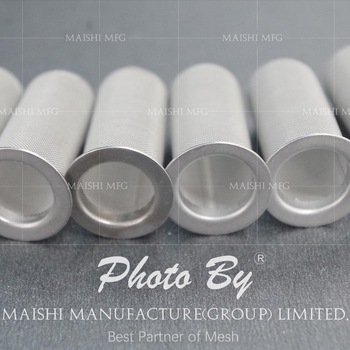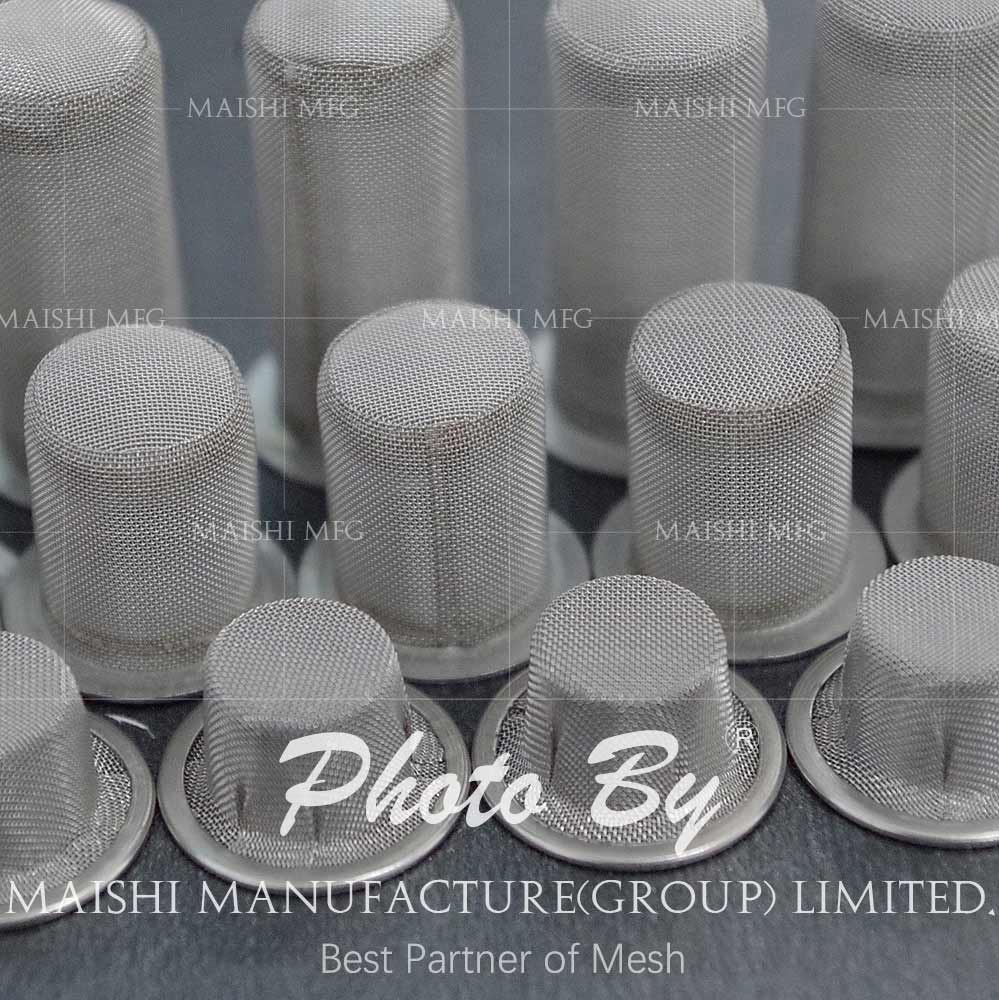 There are many methods for manufacturing and processing stainless steel filter meshs. As an old manufacturer of stainless steel filter meshs, McGee can be roughly divided into two forms.
There are many methods for manufacturing and processing stainless steel filter meshs. As an old manufacturer of stainless steel filter meshs, McGee can be roughly divided into two forms.
One is to treat the stainless steel filter mesh to have the appearance of light, and to apply the ray contrast to form the artistic processing of the pattern; the other is to pay the artistic processing of the color in the composition of the pattern. Typical examples of the screen printing method used herein are etching processing and inkjet processing.
The etching process is also commonly used in stainless steel filter meshs. It is an acid-resistant maintenance film that is screen printed on stainless steel and then etched with ferrous chloride to form an artistic pattern. The spray color method is to illuminate the color particles after screen printing to form a pear-like appearance to form an artistic pattern.
In recent years, in order to comply with the diversification and increasing artistic demands of stainless steel filter meshs, the “black art” processing method with color has been developed, and it has become the mainstream of this category. In the method of paying the color of stainless steel, the method of using the screen printing black ink to burn and the chemical coloring method is included.
The process history of the spray color art processing method of the stainless steel filter finished product is: stainless steel finished product → silk screen → etching → alkali treatment → silk screen → oxidation coloring → alkali treatment → waste product.
Nowadays, the coloring of stainless steel filter meshs has abandoned the old processing methods. Nowadays, like the regular manufacturers of maishi, the chemical coloring method of stainless steel filter meshs is not using pigments and dyes, but the stainless steel filter mesh is soaked in warming. In the chromium sulfate solution, chemical coloration is stopped, and its characteristics are good in food resistance.
More popular reading articles

Leave a Comment